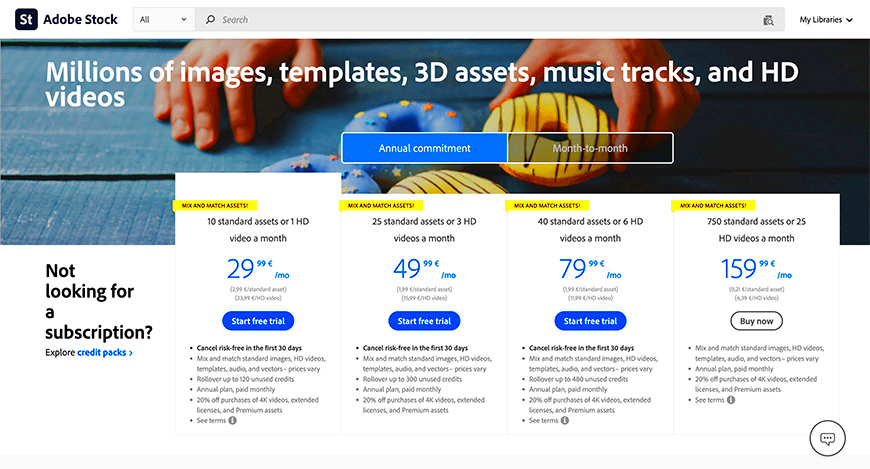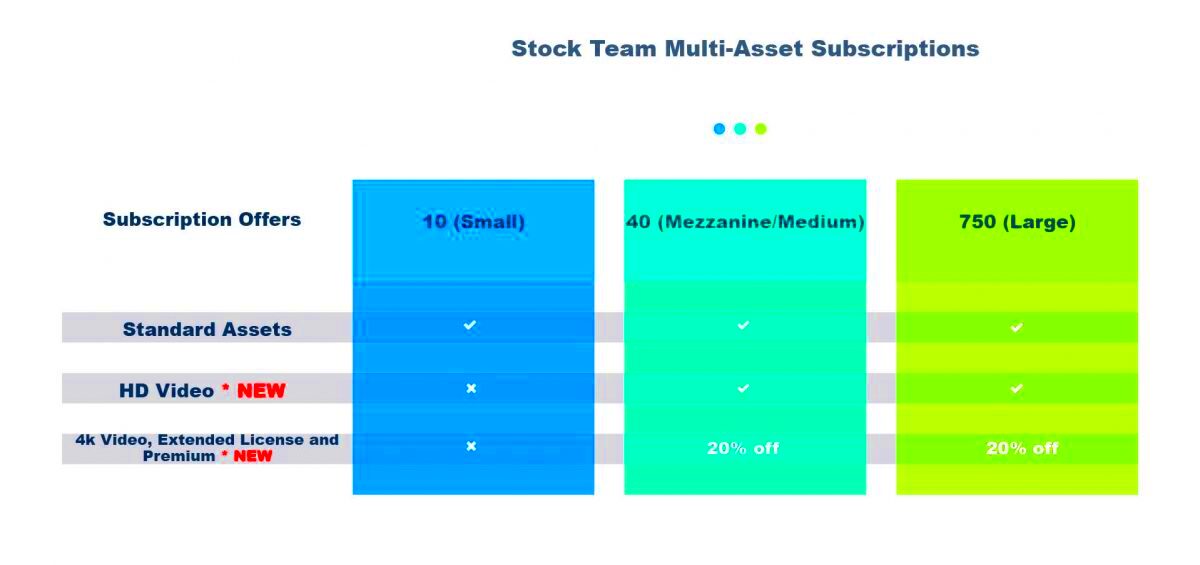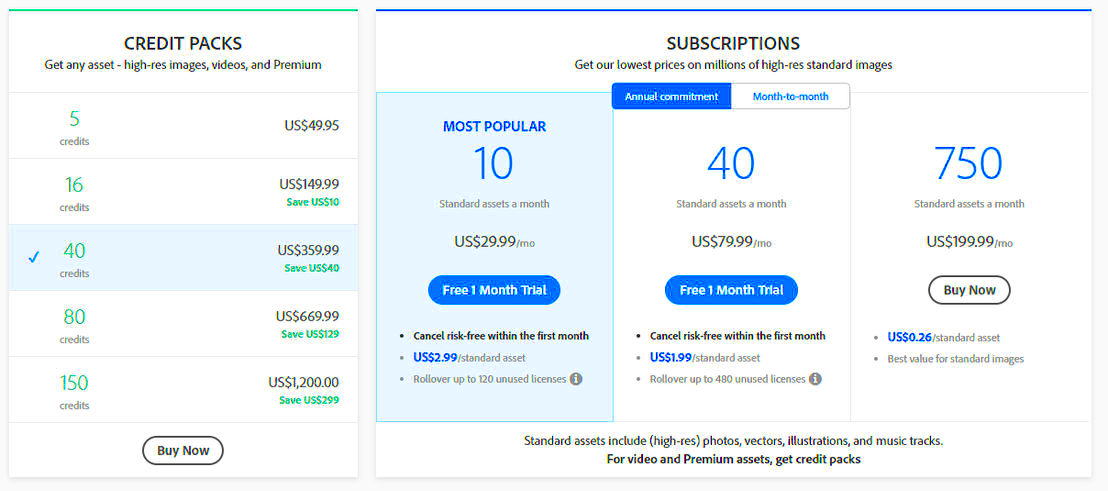When I first set foot upon the earth of stock photography, I had no idea what it would do for my work. But after using
Adobe Stock for a while, I came to understand that there’s more than one way they help you. The advantages are so numerous and undeniable – from how they make your work more beautiful to the time you save!
Some fundamental advantages that caught my attention are as follows:- Diverse Collection: Adobe Stock boasts millions of images, vectors, videos, and templates. Whether you need something whimsical or professional, you’ll likely find it here.
- High Quality: The images on Adobe Stock are curated for quality, ensuring that you don’t have to sift through countless mediocre options. This was a game-changer for me, as I could trust that the visuals I chose would resonate with my audience.
- Easy Integration: If you use Adobe Creative Cloud, integrating stock photos into your projects is seamless. I often switch between Photoshop and Illustrator, and the convenience of having images available right there is fantastic.
In a nutshell,
Adobe Stock does not only save time but also improves the overall quality of your work. It is similar to having a dependable companion who consistently delivers to your creative kitchen the finest ingredients.
How to Choose the Right Plan for Your Needs

Selecting the correct
Adobe Stock program might appear to be nerve-wracking, particularly with an abundance of choices on offer. Whereas when I first attempted to choose a suitable package, I felt quite bewildered. But it does not need to be intricate. A little bit of contemplation about your utilization will help you select an appropriate option for yourself.
Take into account these elements:- Frequency of Use: Are you a daily user or someone who needs images for occasional projects? If you find yourself downloading images regularly, a subscription plan might be more economical.
- Type of Projects: Consider the nature of your projects. If you’re working on high-stakes marketing materials, you might want a plan that offers high-quality images and extended licensing options.
- Team vs. Individual: If you work with a team, explore team plans that allow multiple users to share resources. I transitioned to a team plan when my workload increased, and it made collaboration so much easier.
The ultimate aim is to make your scheme match with those artistic ambitions of yours. That way, you can invest a lot more of time in your work while leaving much less for its administration.
Tips for Saving Money on Stock Photos
 Here are some effective strategies:
Here are some effective strategies:- Start with Free Trials: Adobe often offers free trials for their plans. Utilize these opportunities to explore the platform and assess your needs without spending a dime.
- Purchase Packs: If you don’t need a subscription, consider purchasing image packs. This option can be more cost-effective if you have specific projects in mind.
- Stay Updated on Offers: Keep an eye on seasonal promotions or discounts. I’ve saved quite a bit during festivals and holidays by being vigilant about deals.
- Be Selective: Before purchasing an image, ask yourself if it truly adds value to your project. I’ve often found that less is more—fewer, high-quality images can make a bigger impact.
By implementing these tips, you can keep your creative pursuits financially manageable while still accessing the stunning visuals that
Adobe Stock offers. Trust me, a little mindfulness can go a long way!
Common Misconceptions About Stock Photo Costs
When I first entered the world of stock photography, I was bombarded with various opinions and myths that clouded my understanding of costs. Like many creatives, I had preconceived notions about what stock photos should cost and why. It's easy to fall into the trap of believing the myths without diving deeper. Let’s shed some light on the common misconceptions that often mislead new users.
Here are a few misconceptions I encountered:- All Stock Photos Are Expensive: Many people believe that stock photos come with hefty price tags. In reality, Adobe Stock offers a range of plans to fit different budgets. You can find high-quality images without breaking the bank.
- Free Images Are Always Better: While there are free stock photo sites, the quality and selection often don’t match what you’d find on paid platforms. I’ve learned the hard way that investing in quality can save time and enhance my projects significantly.
- Once You Buy, You Own It Forever: This is a common misunderstanding. While you have the right to use the image, the license terms dictate how you can use it. Always read the fine print to avoid any surprises down the road.
By clarifying these misconceptions, we can approach stock photography with a more informed mindset, allowing us to make better choices for our creative needs.
Frequently Asked Questions
As I delved into the world of
Adobe Stock, I often found myself searching for answers to common questions. I realized that many others were in the same boat. Here are some frequently asked questions that can help clear the fog:
What types of licenses are available?
- Adobe Stock offers standard and extended licenses. Standard is perfect for personal and commercial use, while extended is needed for products meant for resale.
Can I cancel my subscription anytime?
- Yes, Adobe allows you to cancel your subscription, but keep in mind that any unused downloads will be lost.
Are there limits to how I can use the images?
- Yes, licensing agreements specify how images can be used, such as in marketing materials or on websites. Always check the licensing details before use.
How often are new images added?
- Adobe Stock is continuously updated with fresh content, so you’ll always find new images that can inspire your projects.
Understanding these FAQs can ease your entry into the stock photo world and help you navigate it more confidently.
Conclusion
In my journey through stock photography, I’ve learned that understanding the costs, benefits, and common misconceptions surrounding Adobe Stock can significantly impact your creative process. It’s not just about purchasing images; it’s about investing in your projects and ensuring that the visuals resonate with your audience.Whether you’re a seasoned designer or just starting out, taking the time to choose the right plan, being mindful of your budget, and staying informed about licensing will go a long way. I hope this guide has provided you with insights and clarity as you explore the vibrant world of stock images. Remember, it’s not just about the visuals; it’s about telling your story through them. Happy creating!
 Selecting the correct Adobe Stock program might appear to be nerve-wracking, particularly with an abundance of choices on offer. Whereas when I first attempted to choose a suitable package, I felt quite bewildered. But it does not need to be intricate. A little bit of contemplation about your utilization will help you select an appropriate option for yourself.Take into account these elements:
Selecting the correct Adobe Stock program might appear to be nerve-wracking, particularly with an abundance of choices on offer. Whereas when I first attempted to choose a suitable package, I felt quite bewildered. But it does not need to be intricate. A little bit of contemplation about your utilization will help you select an appropriate option for yourself.Take into account these elements: Here are some effective strategies:
Here are some effective strategies:
 admin
admin








